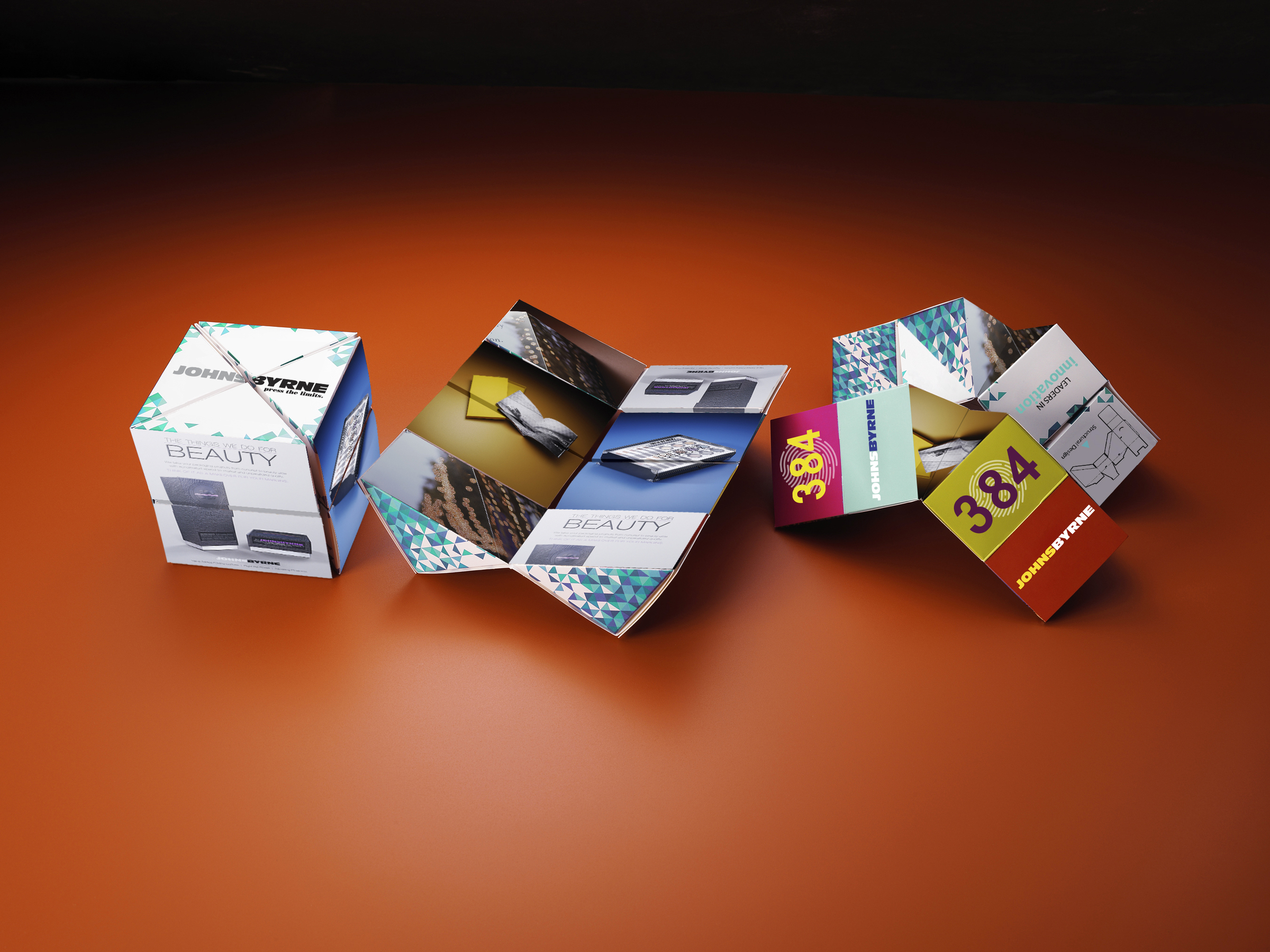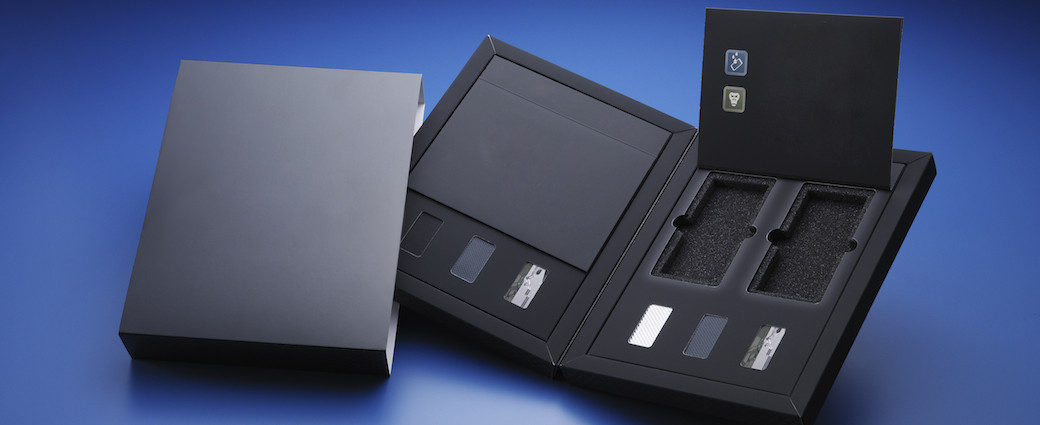
The development of effective, impactful packaging for a new product necessitates the collaboration of a talented and dedicated team, including brand experts, marketers, packaging engineers, creative designers, and print vendors, to name a few. For a packaging solution that will simultaneously protect, showcase, and advertise your product, you’ll need a team with extensive experience and expertise in both packaging engineering and creative design.
Creative Design: Conveying the Right Message
The goal of a creative designer in the packaging development process is to find a way to tell the brand’s story through the packaging. Creatives will use text, color, images, and other elements to create the desired impression in the consumer. Even something as simple as the texture of the packaging can create an idea about the product itself – smooth, white or black surfaces are associated with scientific advancements and the latest technology, while rougher cardboard with a more unprocessed, “raw” feel is associated with being environmentally friendly, down to earth, and natural.
The pictures and text used on the packaging need to all be carefully selected specifically to generate a particular emotional response in the consumer. Some of these choices will come down to branding – certain colors and images that are already associated with the existing brand – but others will have to be developed for a specific product.
Packaging Structure: Functionality to Support the Design

The other important issue in packaging design collaboration is the structural engineering component. The structure of the packaging needs to support the creative design element while also being functional and practical. In addition to showcasing and displaying the product effectively, packaging may also need to protect the product from jostling during transport, include an anti-theft element, convey important usage instructions and warnings, or stack easily for transport and display.
Structural design takes into account the best sizing for the packaging, what materials should be used, how to produce the different elements that will then form the final packaging product, and how best to include interactive elements and other special features.
Where the Two Worlds Intersect

While packaging structure and creative design are two crucial, separate elements that go into creating the best packaging solution, they can by no means operate completely independently of one another. As creative designers engage in their process, it is important that they understand the basics of packaging structure in order to ensure that their designs can be effectively executed within the parameters of that structure. Understanding how a flat plastic or cardboard structure can then be folded into a three-dimensional carton will inform how they are able to put their creative ideas onto paper for practical implementation.
Likewise, while structural engineers are developing their solutions, it is important that they understand the overall creative vision and the story being told through the packaging. Interactive elements, clear plastic windows, and other aspects of the structural design can then be incorporated accordingly.
To consult on developing an innovative packaging solution that’s right for your new product, contact our team at JohnsByrne today.

Related Posts
When planning to bring a new product to market, the packaging is critical in consumer response. Not only should the product be presented with outstanding … Packaging Choices: Rigid Boxes vs Folding Cartons
Unique packaging is hard to come by. With so many products competing for attention on the shelf, achieving uniqueness is almost impossible. Whether it’s launching … Unique Packaging Designs
With the holidays in full swing, we’re excited to bring back our annual 12 Days of JB Faves! Once again, we have an array of … ‘12 Days of JohnsByrne Faves’ 2023 Holiday Packaging
